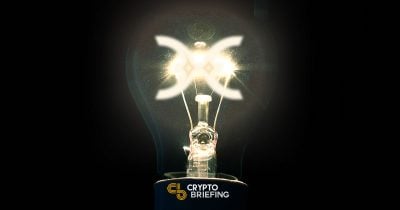Can A Holochain Project Beat Global Warming?

Share this article
The next time you leave a room, remember to turn off the lights. About 68% of all US energy generation goes to waste, according to data from the Lawrence Livermore National Laboratory, losing a total of 66 quadrillion BTU’s. Some of these losses are hard to avoid, due to the nature of the energy market: demand is unpredictable, and once the coal generators turn on, you use it or lose it.
However, a new DLT project is seeking to cut back on waste, by increasing efficiency and price discovery within the energy market. RedGrid is seeking to build a new “Internet of Energy,” connecting smart devices to communicate their power needs and unlock more value for their owners.
RedGrid hopes that as the software is built out, developers and engineers will use the open-source protocol to host new decentralized applications for the Internet of Energy. To provide a scalable platform for the new network, RedGrid chose Holochain’s (HOT) scalable ledger for peer-to-peer transactions.
“Holochain is unique in its scalability, privacy, and security,” said RedGrid CEO Adam Bumpus, in a statement. “For an intelligent, interconnected, secure clean energy future, we need these attributes. There won’t be a centralised system that can enable the access to clean energy and change we need to avoid dangerous climate change”
As the first project on the IoE, RedGrid is building an application for “Market Responsive Asset Optimization,” allowing high-consumption devices to communicate and respond to external market signals, allowing smart devices to reduce activity in times of peak demand.
By integrating Asset Optimization with utility demand management programs, users may even be able to draw a small profit by reducing their consumption during high demand periods.
RedGrid originally sought to build on Ethereum, but the technical limitations of the PoW network ruled it out for the Internet of Energy. “[O]ur IoE platform is not just the facilitation energy trading, as many of the other platforms are, it is large scale IoT coordination,” explains RedGrid CMO Alex Evans, over email. “Traditional blockchains cannot handle the amount of information needed to perform these tasks, due to the inherent architecture of their consensus mechanisms.”
On the other hand, Holochain is “nearly infinitely scalable,” Evans says, making it an ideal platform for the IoT devices which are soon expected to number in the hundreds of billions. “We will need Holochain’s scalability to handle the amount of data that these devices will create, and that is why we are building the IoE on Holochain.”
The author is invested in Ethereum, which is mentioned in this article.
Share this article
